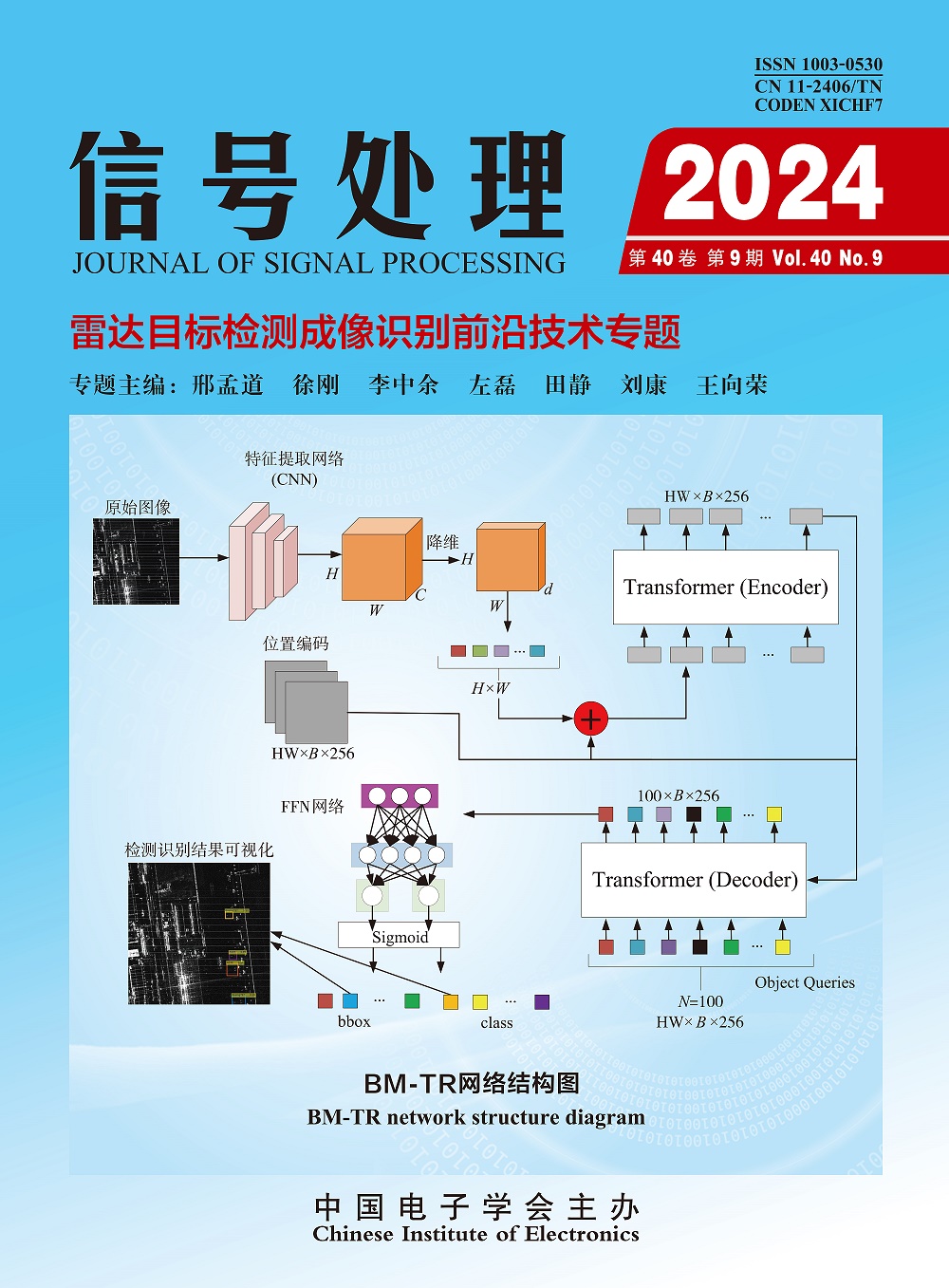基于子空间的多速率DS/CDMA信号盲自适应多用户检测
引用次数: 2
摘要
现有的双速率盲线性探测器工作在低速率(LR)或高速率(HR)模式下,在HR模式下不是严格盲的,缺乏理论分析。针对同步DS/CDMA系统,提出了基于子空间的LR和HR盲线性检测器,即坏去相关检测器(BDD)和盲MMSE检测器(BMMSED)。为了在HR模式下检测LR数据位,提出了一种有效的加权策略。对所提出的探测器的性能进行了理论分析。实验证明,LR- bdd的误码率优于HR- bdd, LR盲线性检测器的近远电阻优于HR盲线性检测器。对异步系统的扩展也进行了描述。仿真结果表明,自适应双速率BMMSED优于Saquib, Yates和Mandayam提出的相应的非盲双速率去相关器(参见Wireless Personal Communications, vol. 9, p.197-216, 1998)。本文章由计算机程序翻译,如有差异,请以英文原文为准。
Subspace-based blind adaptive multiuser detection for multirate DS/CDMA signals
The existing dual-rate blind linear detectors, which operate at either the low-rate (LR) or the high-rate (HR) mode, are not strictly blind at the HR mode and lack theoretical analysis. This paper proposes the subspace-based LR and HR blind linear detectors, i.e., bad decorrelating detectors (BDD) and blind MMSE detectors (BMMSED), for synchronous DS/CDMA systems. To detect an LR data bit at the HR mode, an effective weighting strategy is proposed. The theoretical analyses on the performance of the proposed detectors are carried out. It has been proved that the bit-error-rate of the LR-BDD is superior to that of the HR-BDD and the near-far resistance of the LR blind linear detectors outperforms that of its HR counterparts. The extension to asynchronous systems is also described. Simulation results show that the adaptive dual-rate BMMSED outperform the corresponding non-blind dual-rate decorrelators proposed by Saquib, Yates and Mandayam (see Wireless Personal Communications, vol. 9, p.197-216, 1998).
求助全文
通过发布文献求助,成功后即可免费获取论文全文。
去求助
来源期刊
自引率
0.00%
发文量
5812
期刊介绍:
Journal of Signal Processing is an academic journal supervised by China Association for Science and Technology and sponsored by China Institute of Electronics. The journal is an academic journal that reflects the latest research results and technological progress in the field of signal processing and related disciplines. It covers academic papers and review articles on new theories, new ideas, and new technologies in the field of signal processing. The journal aims to provide a platform for academic exchanges for scientific researchers and engineering and technical personnel engaged in basic research and applied research in signal processing, thereby promoting the development of information science and technology. At present, the journal has been included in the three major domestic core journal databases "China Science Citation Database (CSCD), China Science and Technology Core Journals (CSTPCD), Chinese Core Journals Overview" and Coaj. It is also included in many foreign databases such as Scopus, CSA, EBSCO host, INSPEC, JST, etc.

 求助内容:
求助内容: 应助结果提醒方式:
应助结果提醒方式:


